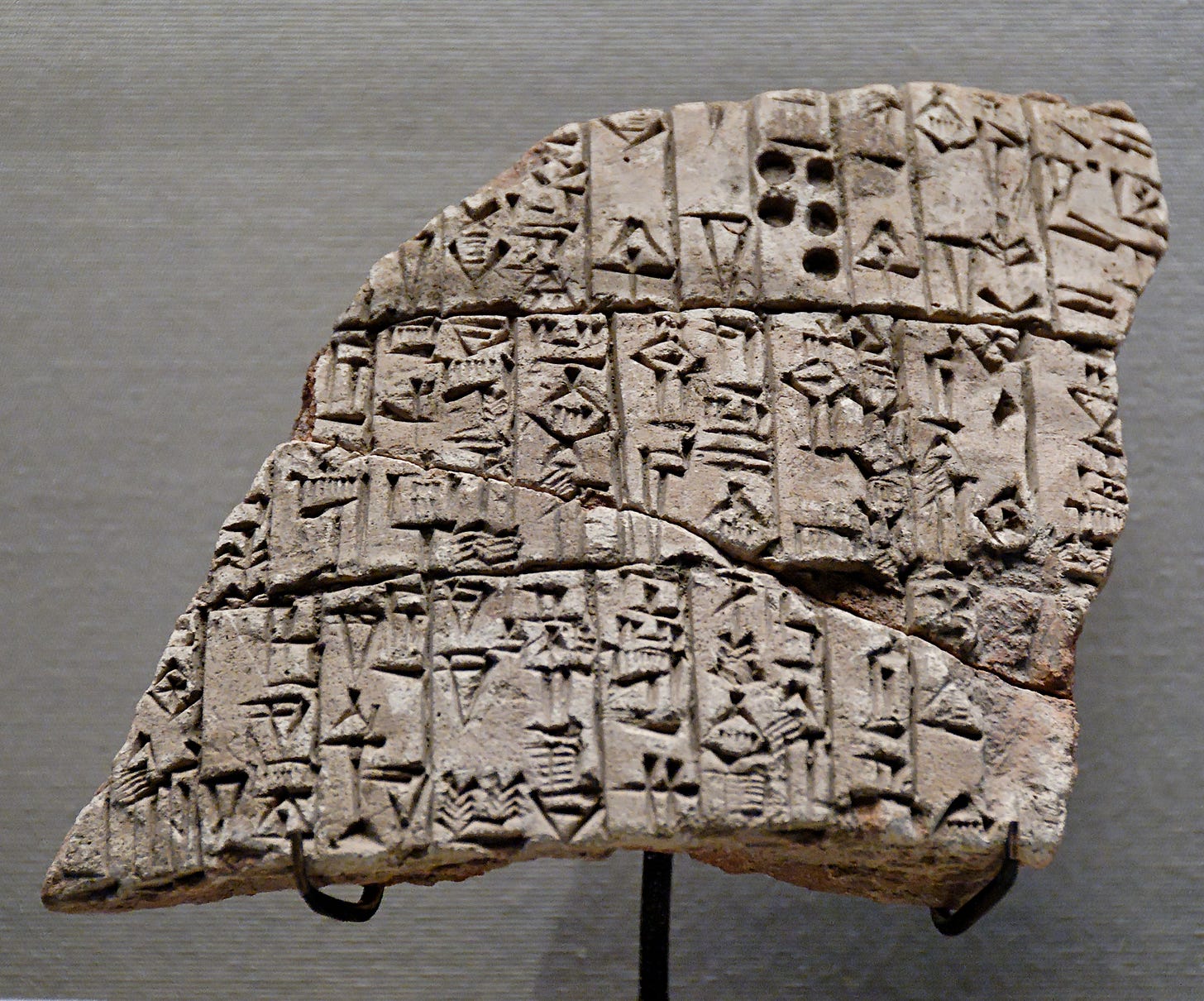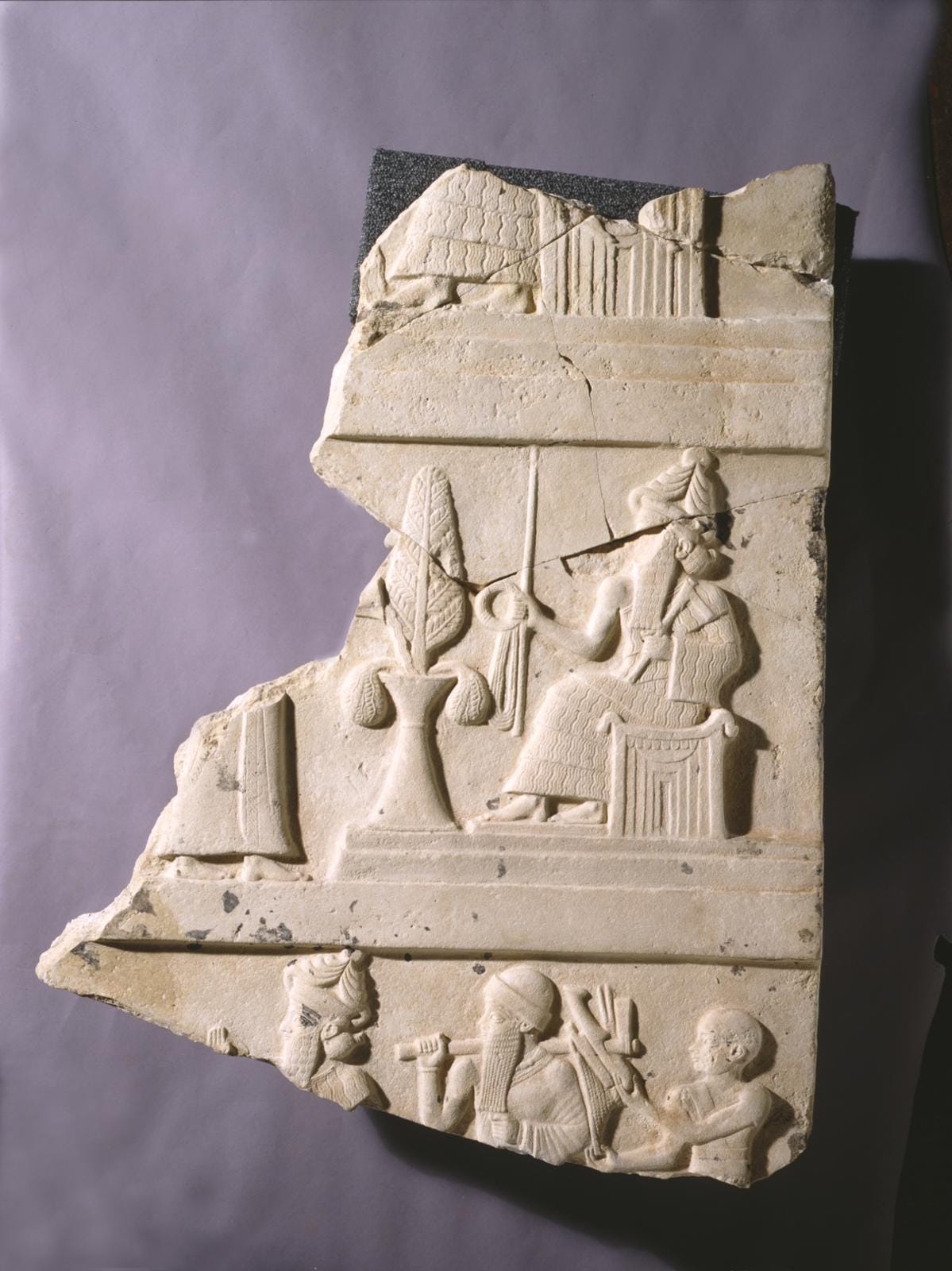Ensi and Lugal: How Sumerians Governed
SUMERIAN Civilization SERIES: 4500–1900 BCE Article#5
The Sumerians built the earliest cities and also set up early systems of political leadership. Two titles anchor that story: ensi and lugal. Each title combined religious claims with administrative and military responsibilities. Understanding how these titles were used shows how power and law developed alongside urban life.

Who was the ensi?
Ensi is a title for a city ruler that is securely attested in the Early Dynastic period. Writing does not survive from the Ubaid period, so the title should not be placed that early. In practice an ensi was a city’s chief administrator and judge, closely tied to the main temple and its estates. Many inscriptions present the ruler as chosen by a patron deity.
Typical duties of an ensi:
Oversee temple building, offerings, and cult support
Manage irrigation, fields, labor, and storage
Hear disputes and issue judgments
Organize defense when needed
Some cities preferred the title ensi for their top ruler even when nearby cities used lugal. Lagash is a well known example. In the Early Dynastic period ensi could also carry royal weight, not only “governor.” At Lagash, rulers such as Gudea styled themselves ensi while exercising full royal authority.

Lugal: the “great man” as king
Lugal literally means “great man” and in royal contexts it means “king.” Different cities adopted different titulary, and over time lugal became the standard sign used to write the office of kingship, including as a Sumerian logogram in Akkadian texts. The view that a lugal began as a war leader chosen in emergencies comes from Jacobsen’s “primitive democracy” thesis. That is one influential interpretation, not a settled fact.
When both titles coexisted
Keep reading with a 7-day free trial
Subscribe to VEINS OF TRUTH to keep reading this post and get 7 days of free access to the full post archives.

